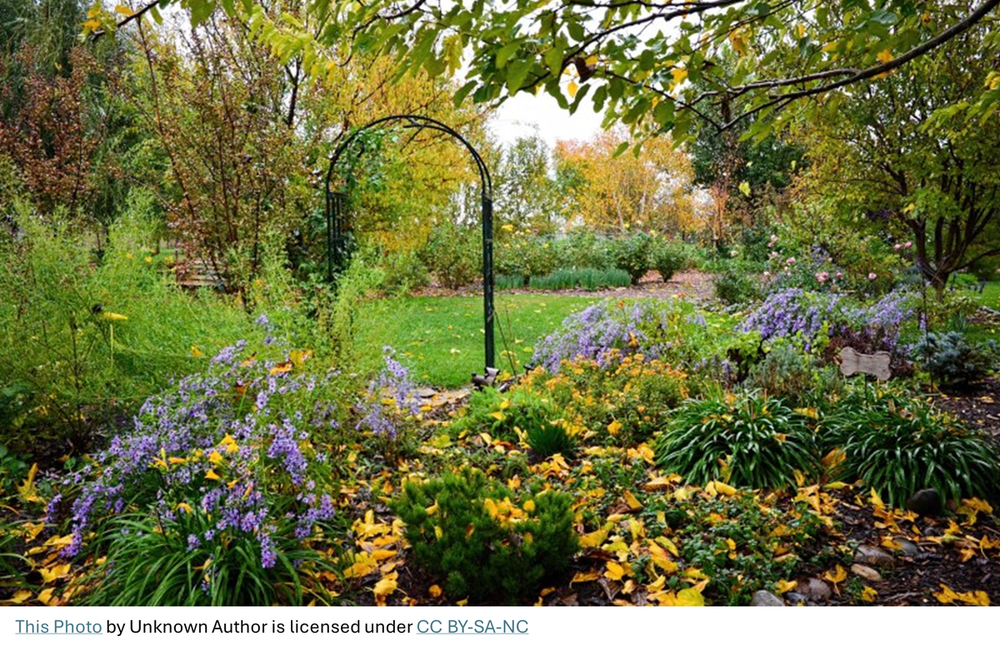Posted: April 22, 2024
Having problems with an area in your yard which is always wet or damp? Then you may want to consider creating a rain garden.

A rain garden is simply a garden planted in a depressed area that collects water from various sources including rainwater, street, or driveway runoff. Rain gardens are beneficial to the environment. They help prevent water pollution by filtering out toxins before they reach a water source. The garden can replace an unsightly area and turn it into a beautiful garden that attracts birds, butterflies, and other pollinators.
Creating a rain garden is a simple process. First, determine where the garden is going to be located. Make sure that it is not in an area with a high water table or underground utilities. Try to keep it away from tree roots, walls, and at least 15 feet away from septic or leach fields. Second, a soil test is recommended to see if the soil's pH is conducive for planting. Most plants do well with a pH of 6.2 to 6.8. Soil test kits can be purchased at Penn State Extension offices.
Once you have decided where it is going to be located, the fun starts! Determine the shape of the garden by laying string on the ground. Remove any existing sod in the area by either digging it out or by covering it with plastic for a few weeks. Using an herbicide is not recommended. Work in compost to the existing soil. If the soil is all clay, amend it by adding garden soil and compost. If the garden is located on a slope, use the remaining soil to create a berm to prevent runoff.
Now is the time for planting. After you have chosen your plants, set them in the garden in their pots until you are happy with the placement. Then plant according to the directions for depth and spacing. A 2-inch layer of mulch is recommended to help the plants get off to a good start. Water thoroughly and enjoy all your hard work.
There are lots of options for choosing plants for your new rain garden. There are species of trees, shrubs, perennials, and annuals that can be used. Determining how much sun and shade your garden will get is a good starting point. Then decide what type of plants would look attractive in the area. Larger gardens can easily accommodate trees while smaller ones would be better planted with shrubs and perennials. Add some annuals for a splash of color that will last throughout the season. Also, consider using native plants in your rain garden.
Trees and large shrubs will deflect rainwater, which slows it down, allowing the ground time to soak it in. Tall grasses act as filters. This allows grasses to trap pollutants by drawing up the water and helps prevent soil from draining into rivers or ponds. Short plants like perennials and annuals tend to hold soil in place and direct water into the ground.
When choosing plants, keep in mind, there are 3 zones that describe the amount of water that your garden will collect. Some suggestions for each zone are the following:
Zone 1 is considered the wet zone. The soil should drain out six inches of water within a twenty-four-hour period. Zone 1 is the wettest of all zones.
Zone 2 is considered the middle zone because it dries quicker than Zone 1 and can hold a few inches of rainwater during a storm, depending on how the garden is constructed.
Zone 3 is considered a transition zone since it abuts the non-garden area. This zone drains off quickly after a rainstorm.
Article by: Master Gardener Jennie Heck and Master Gardener Nikki Heck
More Information
Rain Gardens - the Plants from Penn State Extension

